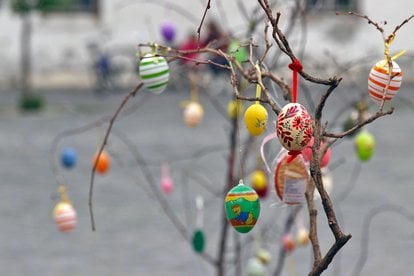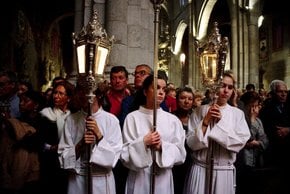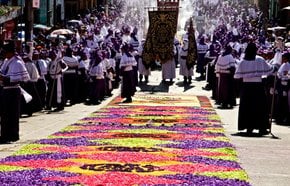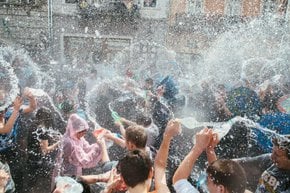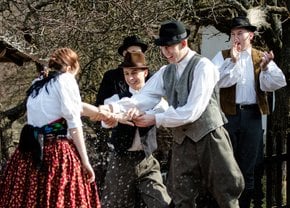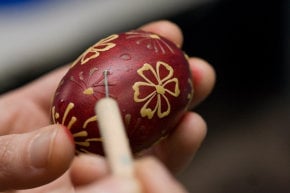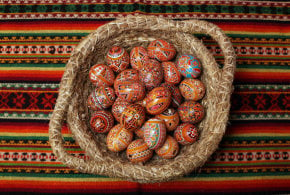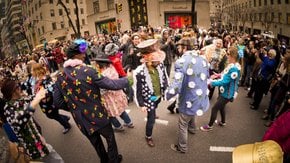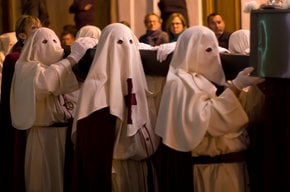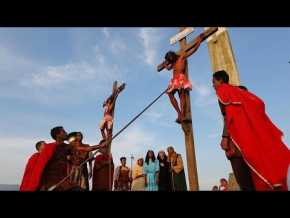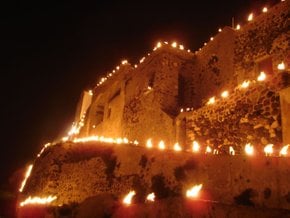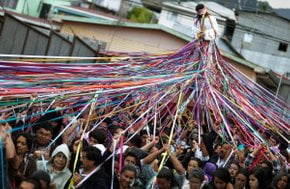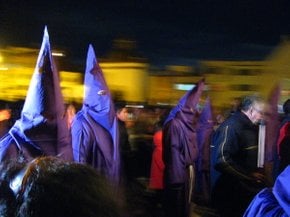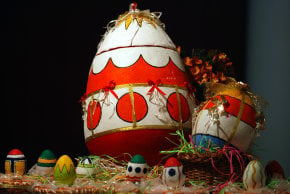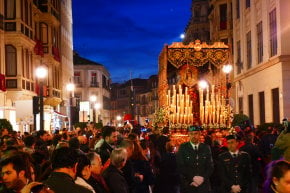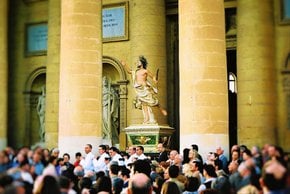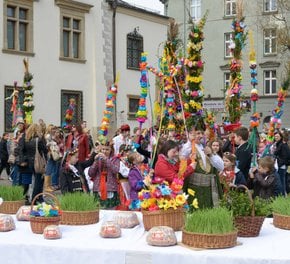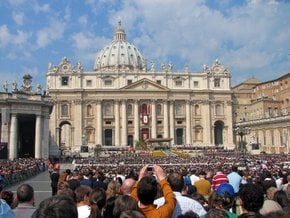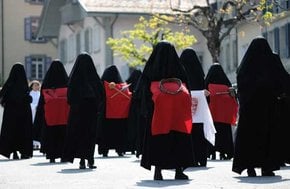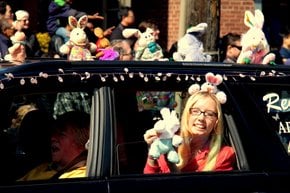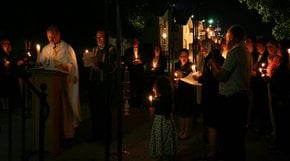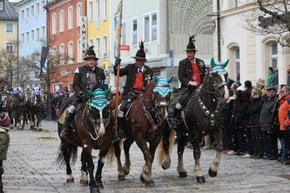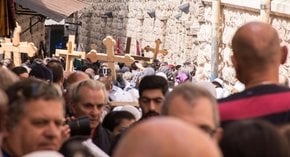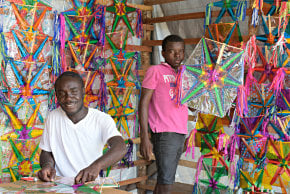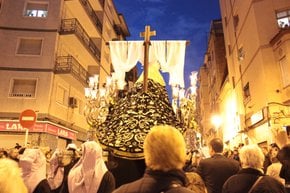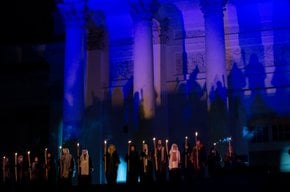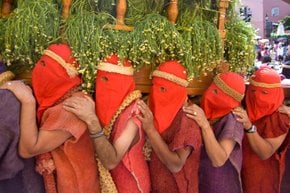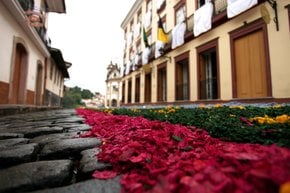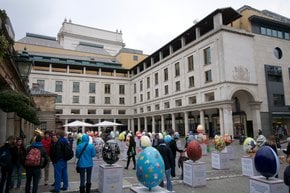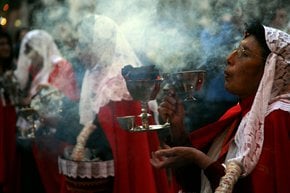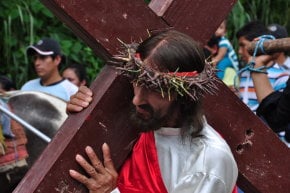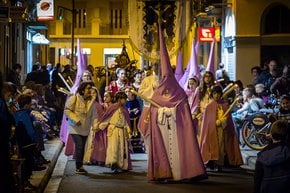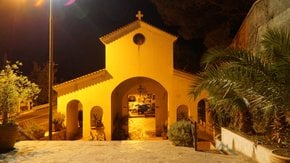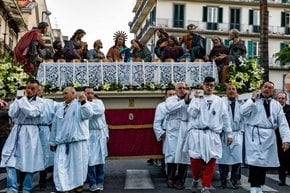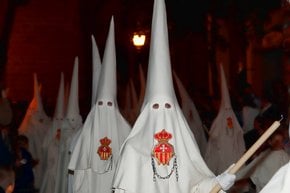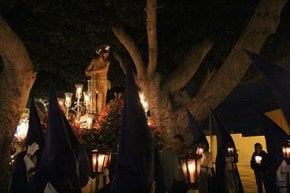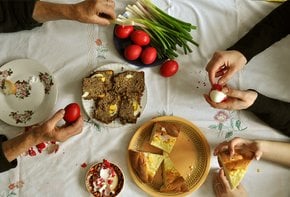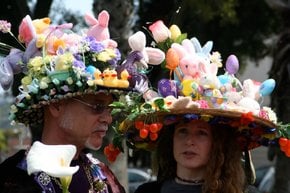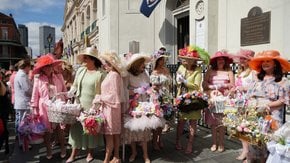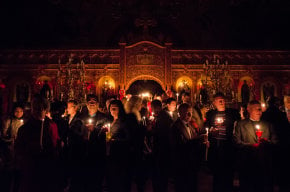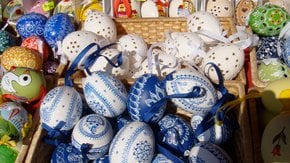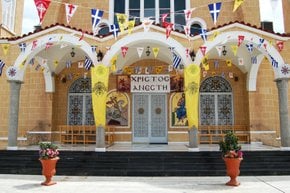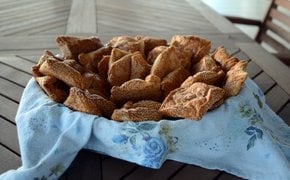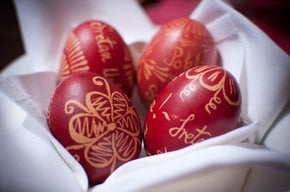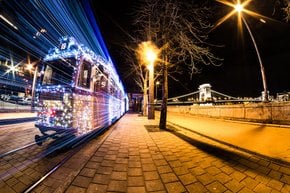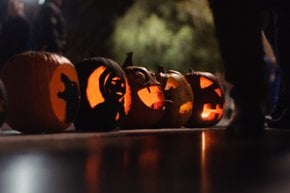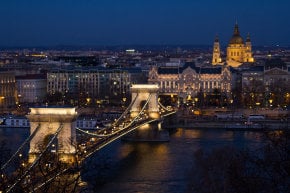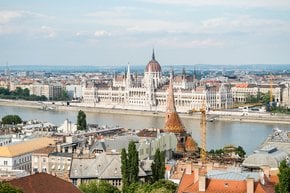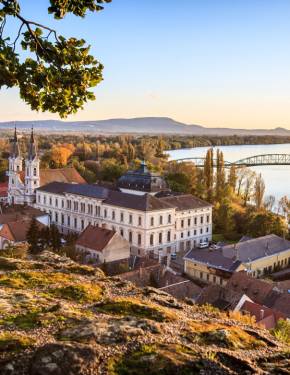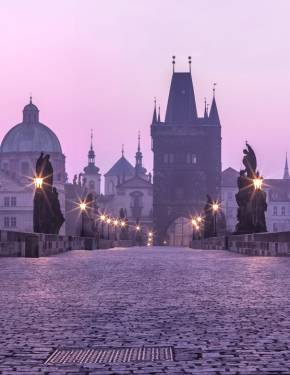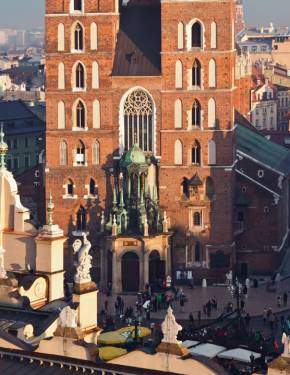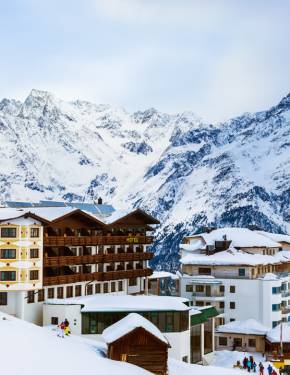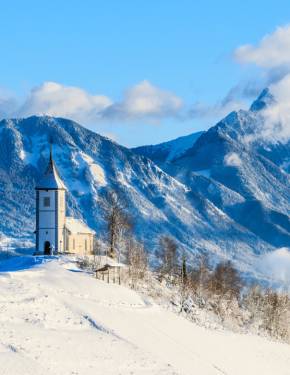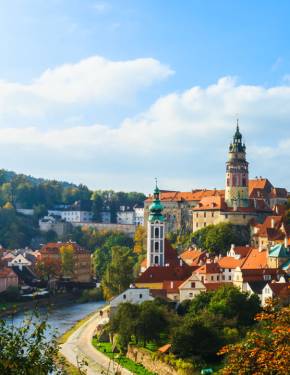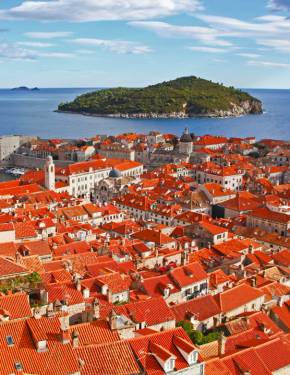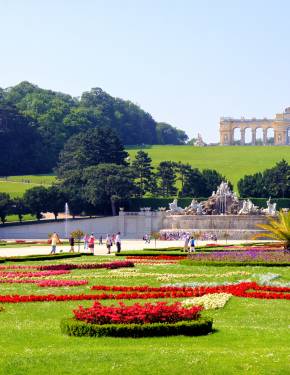Easter (Húsvét) 2025 in Budapest
The feast of Húsvét in Hungary is a cultural celebration involving folk arts and traditional foods
Dates: April 20, 2025
Easter (Húsvét) in Hungary is a family-and-friends holiday, marked with rich folk traditions and seasonal cuisine. For Easter, the city promises a bunch of amazing activities for people from all walks of life. So, let's dive into the details!
Traditions
Easter in Hungary is all about the fusion of cultural and religious practices, and the country's capital, Budapest, offers a diverse array of celebrations. In order to commemorate the resurrection of Jesus Christ, Hungarians usually start their Easter celebration with church services, especially on Easter Sunday. Gathering families gather to savor a feast, which includes classic Hungarian fare like gammon, eggs and a variety of pastries, such as the well-known Easter bread, 'kalács'. The fun ritual of "locsolás," in which men spritz ladies with water or perfume on Easter Monday to represent fertility and rebirth, is one of the most beloved Easter traditions in Hungary.
Easter Food
Hungarian Easter (Húsvét) is a culinary celebration that highlights traditional dishes rich in symbolism and flavor. At the heart of the feast is smoked ham served with boiled eggs, often dyed in vibrant colors to represent fertility and new life. These eggs, paired with kalács—a sweet, braided bread—and pickled horseradish, form the centerpiece of the Easter table. Fresh spring vegetables and classic pastries like beigli add to the festive spread, showcasing Hungary's love for hearty and meaningful meals.
Festive performances
Folk art concerts are also a significant element of the festivities. These performances supplement the festive atmosphere of the country fair and make it a more vibrant celebration.
Budapest Easter Fair
One of the most popular places to go during Easter is Budapest Easter (or Spring) Fair. It takes place at Vörösmarty Square, which is also known as the Christmas market location. The market's wooden huts offer a great choice of little arts and craft souvenirs, handmade pottery, and baskets. Moreover, the craftsmen will personally demonstrate their skills of basket weaving or blacksmithing. Family crafts sessions are also on offer—you and your kids can try out beading, felting, and other hands-on activities.
Easter Food
At the Easter Market, one can also try delicious traditional foods. For the main course, you'll find goulash and stews galore. One of the very traditional dishes is lángos or "flame cake," which is made of potato-based dough served with sour cream, cheese, and garlic. Among desserts, look for some artisan marzipans, gingerbread houses, and Kürtőskalács, which is a chimney cake baked on the spot—you'll love its crisp outside and a soft sugary lining. Kürtőskalács comes in varieties that range from traditional cinnamon to a more progressive variety with Nutella. Don't hesitate to savour local spirits. There will be craft beers, pálinka, wines, and also mulled wine.
Buda Castle Easter Festival
Some years witness another iconic celebration—the Buda Castle Easter Festival (Budavari Husveti Sokadalom). The festivities incorporate concerts, dance shows, local Easter foods such as milk bread or kalács, kids' games, and other family-friendly activities, and all that with a scenic background of the Buda Castle.
Easter Monday in Hollókő
One of the most colourful Easter celebrations takes place in a small village of Hollókő, around 100 km north-east of Budapest. Tradition has it that boys and men take buckets of cold water and generously sprinkle the ladies. Tourists flock to witness the mess, regardless of the huge risks of getting wet. The festivities last for the three days. In 1987, this unique celebration became a part of UNESCO World Heritage.
This tradition is observed beyond the village too, even in some urban centres. Sometimes the water is replaced with perfume. Unlike Hollókő, where the festivities stretch over several days, in the rest of the country the "sprinkling" or "locsolkodás" is solely an Easter Monday tradition. The pagan rite of sprinkling was originally related to fertility, so the "victims" were mostly young women about to get married. The "sprinklers" were taken as suitors. Today, all women are are poured water on, and it's no longer a form of courtship. That seems a bit unfair, but for each sprinkling, the lady has to present a treat, which is usually a chocolate Easter egg, some home-made cake, or a shot of Hungarian pálinka.

